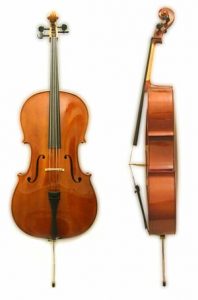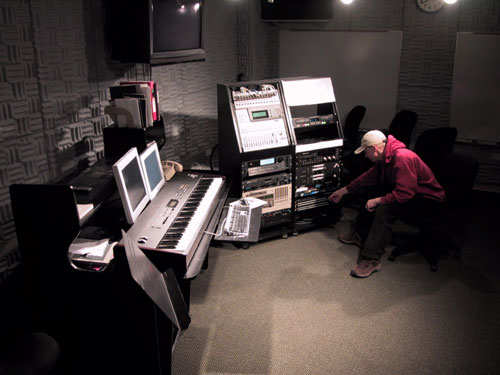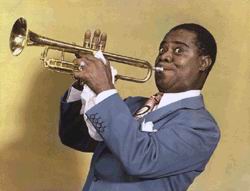most important
Cello history
 The cello has the same structure as the violin, but much larger. They play the cello while sitting, placing it in front of them and resting it on the floor with a special leg with a spike (spire).
The cello has the same structure as the violin, but much larger. They play the cello while sitting, placing it in front of them and resting it on the floor with a special leg with a spike (spire).
History remembered two masters, especially those who were famous for producing cellos. This is Gasparo da Salo and Paolo Magini. They lived at the turn of the XVI – XVII centuries and the first of them was rumored to attribute the honor of the “invention” of the modern violin with four strings, moods fifths, the improvement of the violone, or the double bass of the viol, and finally the creation of the cello. The first masters who built the cello did not quite clearly represent that right path in the development of the modern cello, which was completed completely, only by Antonio Stradivari. Continue reading
What is recording, mixing, mastering
 Recording, mixing, mastering – this is what needs to be done on your song (video, transfer). Without mixing and mastering, your song will sound bad. One explanation for this is what has already been done. All professional recordings that you have heard have gone through mixing and mastering. Therefore, if you do not do these operations on your song, you understand, it will be “different.” The essence of these processes is signal processing. In the record – this is the processing of each instrument or voice that is in the song. Continue reading
Recording, mixing, mastering – this is what needs to be done on your song (video, transfer). Without mixing and mastering, your song will sound bad. One explanation for this is what has already been done. All professional recordings that you have heard have gone through mixing and mastering. Therefore, if you do not do these operations on your song, you understand, it will be “different.” The essence of these processes is signal processing. In the record – this is the processing of each instrument or voice that is in the song. Continue reading
Romance
 The word romance takes us to the Middle Ages in Spain. In those days, in addition to the everyday ordinary language, there was another – Latin. Scientists wrote books on it, church prayers were performed. We studied it in our pre-revolutionary gymnasiums. Latin was recognized as the official language of the Catholic Church. Although this language was widely spoken, it was not widely available. Latin was known only to literate people, and there were incredibly few of them at that time. And then, along with church writings in Latin, songs and poems of the people’s warehouse, which were performed in the Romanesque (Spanish) language, began to appear. Hence the name “romance”. From Spain, romances quickly spread throughout Europe, and at the end of the 18th century appeared in Russia. Of course, here they did not sound in Spanish, but the name stuck. Continue reading
The word romance takes us to the Middle Ages in Spain. In those days, in addition to the everyday ordinary language, there was another – Latin. Scientists wrote books on it, church prayers were performed. We studied it in our pre-revolutionary gymnasiums. Latin was recognized as the official language of the Catholic Church. Although this language was widely spoken, it was not widely available. Latin was known only to literate people, and there were incredibly few of them at that time. And then, along with church writings in Latin, songs and poems of the people’s warehouse, which were performed in the Romanesque (Spanish) language, began to appear. Hence the name “romance”. From Spain, romances quickly spread throughout Europe, and at the end of the 18th century appeared in Russia. Of course, here they did not sound in Spanish, but the name stuck. Continue reading



